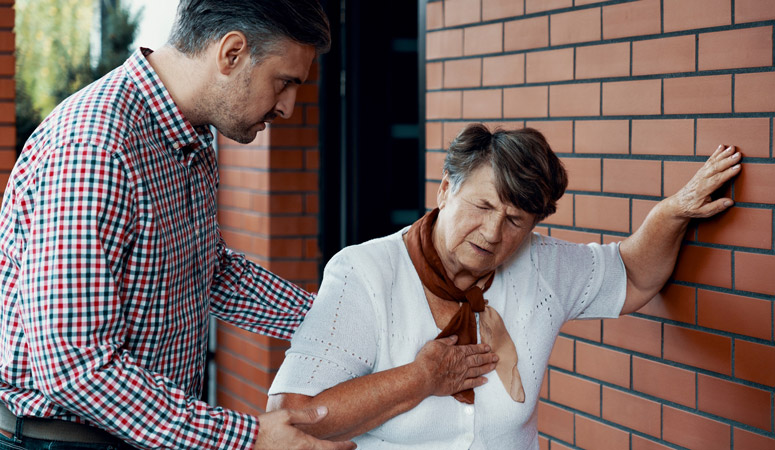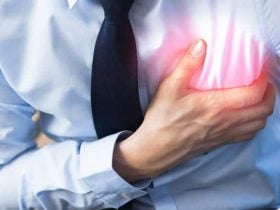Dyspnea

Difficulty in breathing [4] is the first discoverable symptom of PAH. If your lungs are unable to get enough blood to work properly, it means that your body and brain are not getting enough oxygen either. To complete all of your activities, your body requires oxygen. You would not be able to continue with your usual everyday life without it. After walking, your muscles will tire more easily. The functioning of your brain and thoughts would seem slower and more complicated. In general, you will feel tired sooner and easier.
For patients suffering from PAH, it is difficult for the right heart to pump blood into the lungs. As a consequence, the blood does not reach the heart’s left side and, thus, the body. This places a lot of tension on the right heart, which, at very high pressures, is not used to tremors. The most prevalent symptom is known to be breathing difficulty.
Breathing is made possible because arterial and venous vessels take blood to and transport blood from the lungs. The inhalation-exhalation mode helps to quickly inhale oxygen-rich air and remove oxygen-deficient air. LAS can make this well-planned normal cycle more difficult and even difficult. Routine tasks (ascending stairs, walking around the street, washing the dishes) that used to be taken for granted due to the ease of carrying them out become more challenging and leave you gasping for your breathe.













